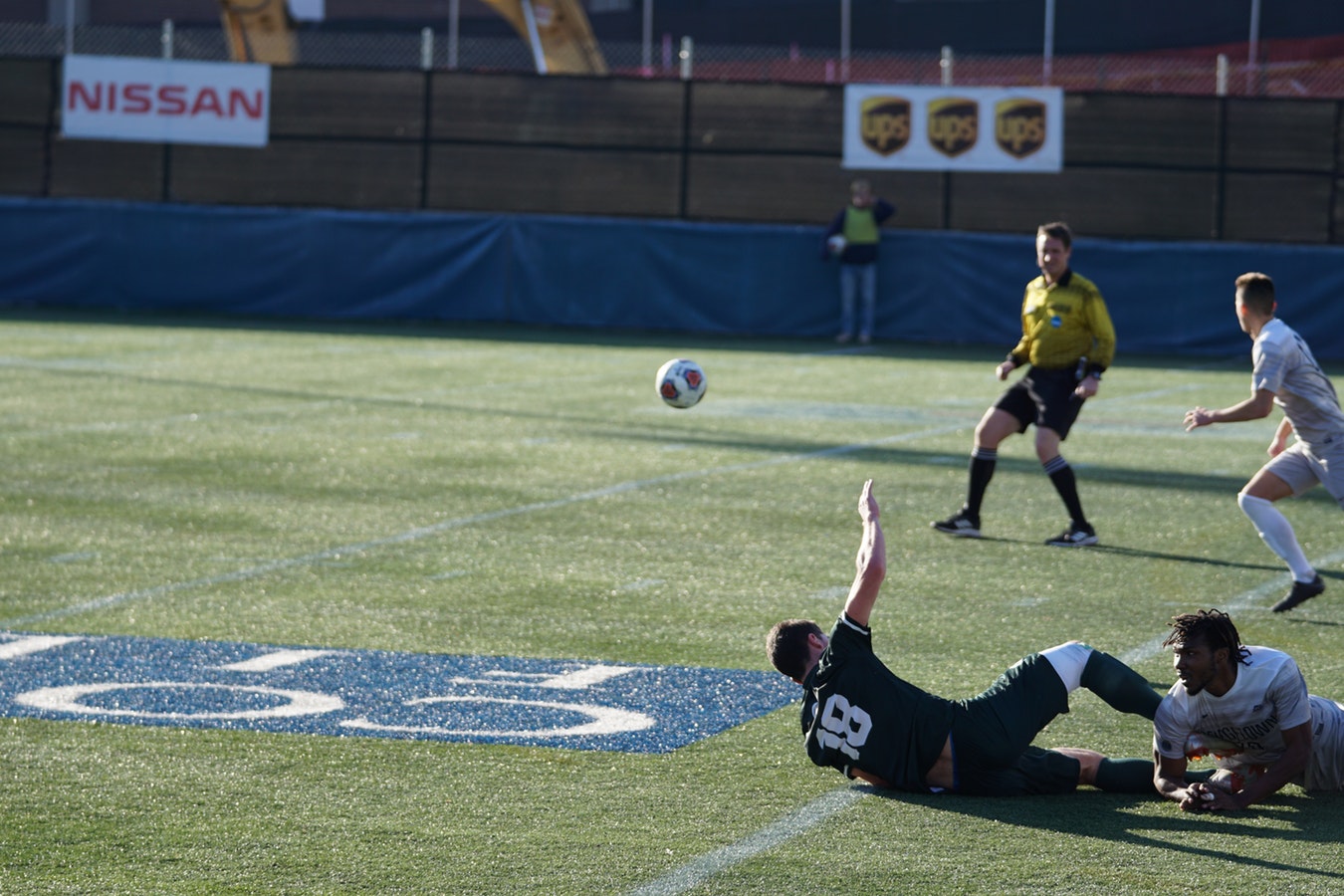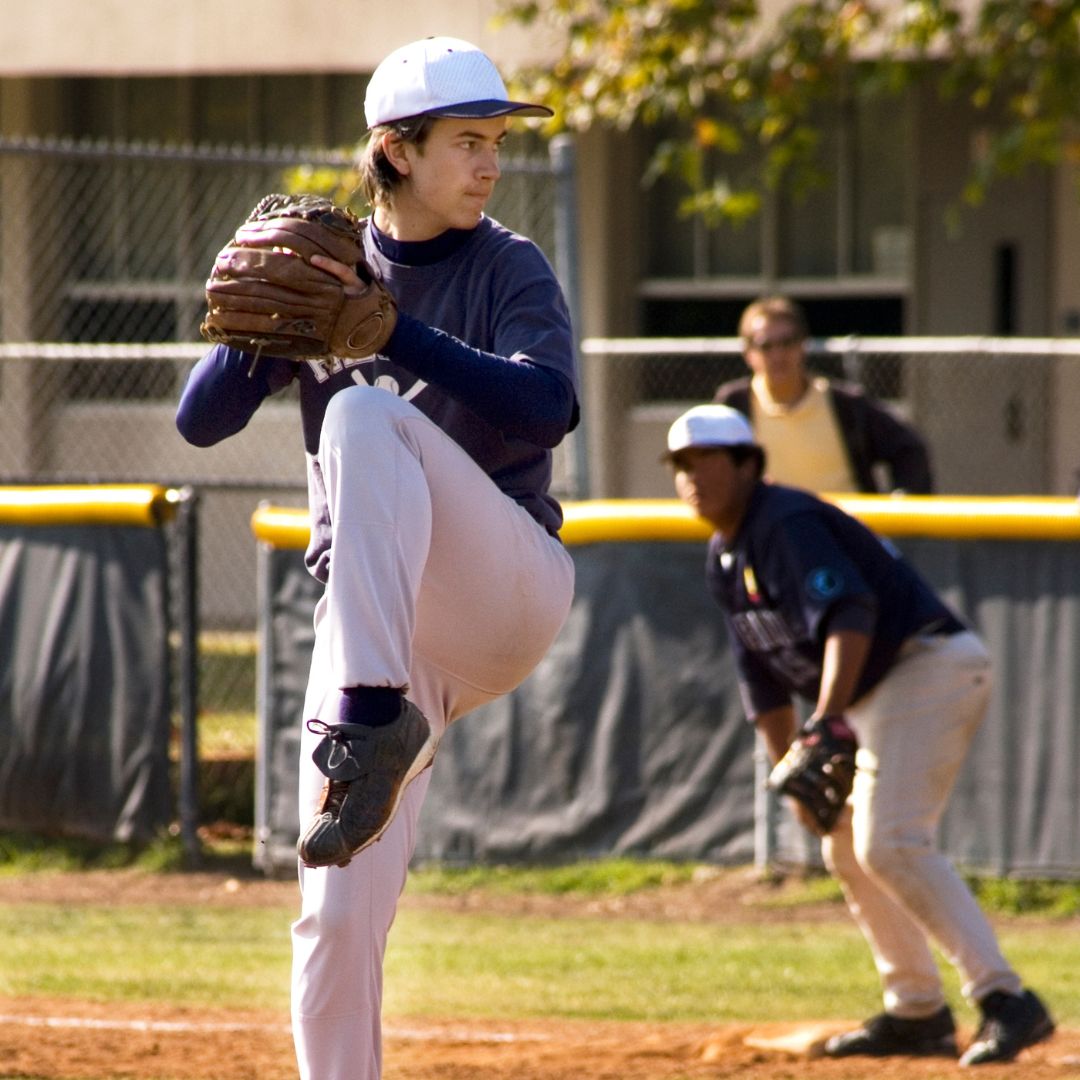Physical Therapy Fall Prevention in Smithtown & Selden, NY:
Why Is A Physical Therapy Fall Prevention Protocol Important?
A physical therapy fall prevention protocol is necessary because too many adults are experiencing preventable falls. U.S. Centers for Disease Control and Prevention (CDC) research states that:
- 1 in 4 Americans 65 and older fall each year
- Every 11 seconds, an older adult is treated in the ER for a fall
- Every 19 minutes, an elder adult dies from a fall
- There are an estimated 2.8million ER injuries attributed to falls per year with >27,000 deaths.
- In 2015, the total cost of fall injuries was >$50 billion
- Medicare and Medicaid fronting 75% of the cost.
As these statistics show, falls are a huge burden on our elderly population and the health care system built to assist them. Therefore, this population would benefit from fall prevention. Decreasing falls helps improve safety, increase life expectancy and decrease health care costs.
There are several reasons falls can occur:
- Non Preventable:
- By accident – trip, slip down stairs, another person or animal bumping into them
- Preventable
- The elderly person is stubborn and does not want to utilize an assistive device (i.e. walker, cane, wheelchair)
- The person is too weak to complete the function task or transfer (i.e. getting out of bed, getting on/off the toilet, getting into/out of bath, etc).
The patient and caregiver can become very frustrated when preventable repeated falls occur. Therefore, it is imperative for these caregivers to understand how a physical therapy fall prevention program can help put their mind at ease and keep their loved one safe.
Testing For Fall Risk:
Our skilled Doctors of Physical Therapy at Block Sports Chiropractic & Physical Therapy, in Smithtown, NY and Selden, NY utilize skilled evaluation tools to determine risk for falls based on gait and balance skills. Some tools we utilize are as follows:
Outcome Measures:
-
Berg Balance Scale
- This is currently the golden standard to determine fall risk. It involves 14 tasks in seated and standing postures with static (still) and dynamic (moving) demands. Each task receives a grade on a 5-point scale with the lower numbers representing poorer performance. The max score is a 56, with lower scores representing a higher risk for falls. Typically, fall risk is based off the following scale:
- 41-56 – low risk for falls
- 21-40 – moderate risk for falls
- 0-20 – high risk for falls
- This is currently the golden standard to determine fall risk. It involves 14 tasks in seated and standing postures with static (still) and dynamic (moving) demands. Each task receives a grade on a 5-point scale with the lower numbers representing poorer performance. The max score is a 56, with lower scores representing a higher risk for falls. Typically, fall risk is based off the following scale:
*** However, any score below 36 = HIGH likelihood of fall.
-
Timed Up and Go (TUG) Test
- During this test, the patient begins sitting in a chair. They must transfer into standing, walk at their normal (maybe slightly faster) pace 3m (10ft), turn around and walk back while finally transferring back into sitting. The patient can use a walker or cane.
- >12 seconds is considered at-risk for falls.
- During this test, the patient begins sitting in a chair. They must transfer into standing, walk at their normal (maybe slightly faster) pace 3m (10ft), turn around and walk back while finally transferring back into sitting. The patient can use a walker or cane.
-
30-Second Chair Stand Test
- Determines not only fall risk but a general observation of functional strength. It tests the patient’s ability to rise from a chair without using their arms in a 30-second period of time. We calculate the patient’s fall risk by counting the total number of transfers and comparing it to researched values. Their form is also important in fall risk determination.
- Scores are age and gender specific
- Determines not only fall risk but a general observation of functional strength. It tests the patient’s ability to rise from a chair without using their arms in a 30-second period of time. We calculate the patient’s fall risk by counting the total number of transfers and comparing it to researched values. Their form is also important in fall risk determination.
-
Dynamic Gait Index
- This is the most dynamic test we perform. The patient attempts 8 modifications to gait and balance and their reaction and correction will be noted. The 8 tasks provide different surfaces, head movements, speeds and physical obstacles to the patient. Grades are given on a 4-point scale with the lower number representing the lowest level of function.
- The highest score will be a 24
- < 19 represents a high risk for falls.
- This is the most dynamic test we perform. The patient attempts 8 modifications to gait and balance and their reaction and correction will be noted. The 8 tasks provide different surfaces, head movements, speeds and physical obstacles to the patient. Grades are given on a 4-point scale with the lower number representing the lowest level of function.
**It is important to note that there are several other tests for balance and gait. The above tests are simply the ones we most frequently use in our physical therapy fall prevention testing and protocols. The numbers calculated from the above tests help support the clinicians determination of the patient’s fall risk.
Manual Muscle Testing:
It is important to test the strength of the arms, legs and core when determining gross strength of our elderly patient. Below is an outline of why these areas of strength are important.
- Arm strength –
- Is needed to use assistive device
- Assists oneself if falling or tripping
- Helps to be able to get self off of ground if fall occurs
- Compensates for leg weakness during several functional transfers
- Leg strength –
- Is connected in research to decreased fall risk
- Helps to be able to get self off of ground if fall occurs
- Utilized in nearly all functional transfers
- Core strength –
- Initiate nearly all functional tasks
- Allows extremities to move around stable base during walking or transferring.
Flexibility:
If a patient’s joints are tight, they are unable to complete functional tasks safely and efficiently. This can lead to injury, as well as poor mechanics that may contribute to a fall.
Observation:
We often observe the following tasks:
- Sit <-> stand transfers
- Gait throughout clinic
- Table mobility
The patient’s performance of these functional tasks can tell the provider a lot about fall risk. If the patient has significant difficulty completing tasks that they perform several times each day, they have a higher likelihood to fall while doing them.
Our physical therapy fall prevention approach:
A patient’s risk for falls can be decreased by utilizing a variety of interventions. Our skilled physical therapists will implement the following interventions.
- Skilled and monitored therapeutic exercise program – to address the strength and mobility deficits found throughout testing
- Manual therapy – including neuromuscular retraining, gait and balance training, manual stretching, manual strengthening (PNF) and soft tissue work if pain is contributing to fall risk.
- Patient and caregiver education – to suggest proper assistive device recommendation, home exercise program education and what was found in testing to be contributing to patient’s risk. It is very important that the public is aware of the necessity of assistive devices for those who are at a high fall risk.
Additionally, there are other tools at home to decrease risk or monitor patients, such as Life Alert or Medical Guardian. Check out this comprehensive outline on the best medical alert systems, provided by Caring.com.
Here at Block Sports Chiropractic & Physical Therapy:
Each patient is evaluated with our fall prevention protocol and receives an individualized treatment program. If you feel you or a loved one is at risk for falls, or has a history of falls, make an appointment now with one of our skilled physical therapists in Smithtown, NY and Selden, NY.




